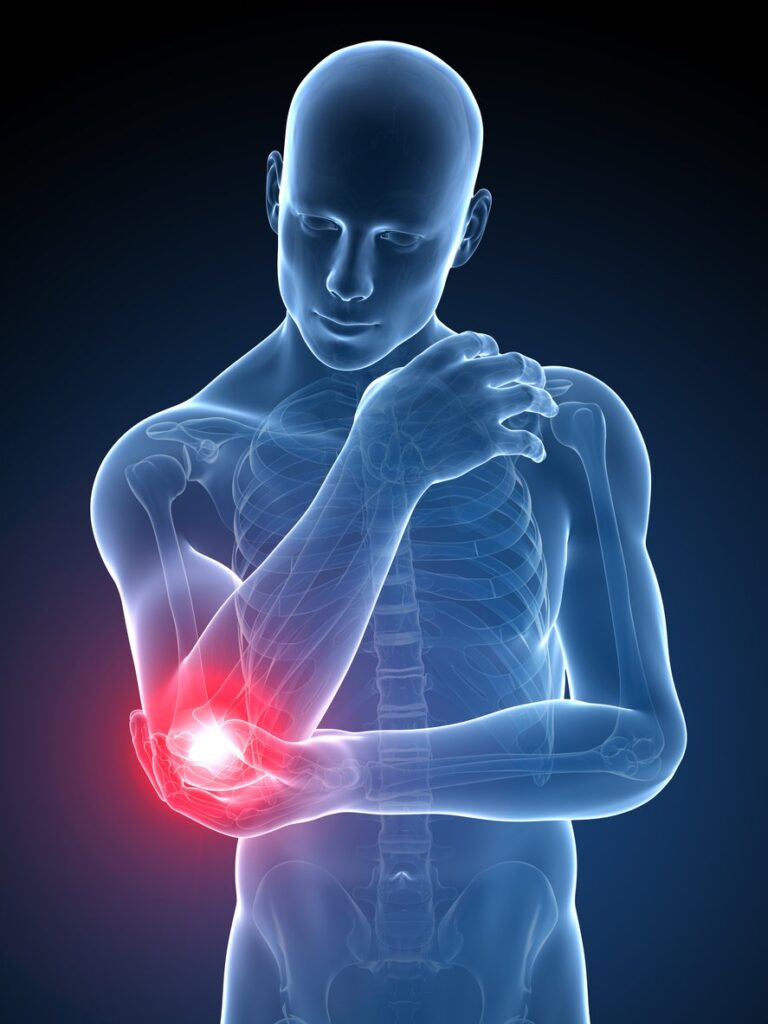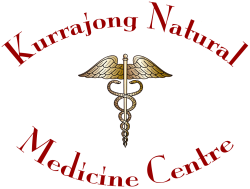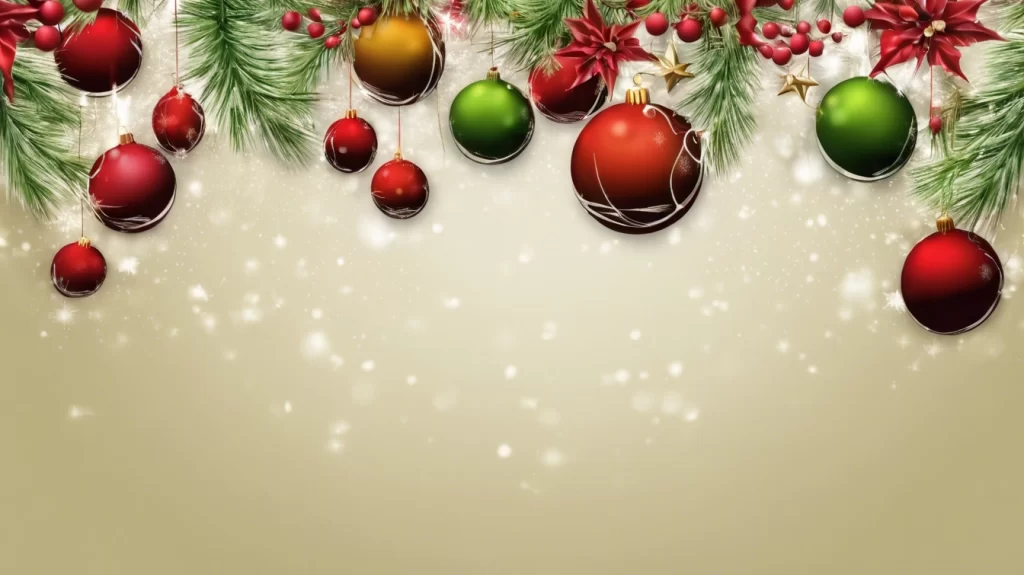Elbow Pain (Tennis Elbow) - A Chinese Medicine Perspective
What is Elbow Pain (Tennis Elbow)
Lateral elbow pain (LEP), also known as lateral epicondylitis or Tennis Elbow, is one of the most common musculoskeletal pains of the upper limbs, yet there is no satisfactory orthodox medical treatment [1]. Lateral epicondylitis causes pain in the region of the elbow joint and results in dysfunction of the elbow and deterioration of the quality of life [2].
How Does Traditional Chinese Medicine (TCM) view Elbow Pain
According to Maciocia, pain in the elbow is usually caused by a combination of exposure to Dampness and Cold and over exertion, either due to sports or work. It is considered to be part of the ‘Obstructive Painful Syndrome’ (Rheumatoid arthritic) classification in Chinese medicine. However, it is not a joint issue as such, rather it is associated with soft tissue damage around the elbow joint.
By far the most frequent area of pain is on the lateral (external) side of the elbow (Large Intestine channel), but pain can sometimes occur immediately above the tip of the olecranon along the Triple Burner channel or between the olecranon and the medial condyle of the humerus along the Small Intestine channel. Occasionally, pain occurs on the medial surface (inside) of the arm along the Lung channel.
The pain often radiates up or down the arm along the Large Intestine channel. In some cases, pain can radiate from about the lateral epicondyle down the forearm along the Large Intestine channel. Numbness and tingling can also be experienced down the arm and into the fingertips [3].
Several studies have shown acupuncture to be a safe and effective in the treatment of elbow pain [1,4,5].
At Kurrajong Natural Medicine Centre our highly qualified and experienced practitioners are ready to help. Simply call (02) 4573 0784

What You Can Do to Help Yourself
Rest and avoid activities that worsen the symptoms: Give your elbow adequate rest to allow the inflammation to subside. Avoid activities that require repetitive gripping or wrist extension, as they can aggravate the condition.
Apply ice: Applying ice to the affected area can help reduce pain and inflammation. Use an ice pack or wrap ice cubes in a thin cloth and apply it to your elbow for about 15-20 minutes at a time, several times a day.
Pain relief medication: Over-the-counter nonsteroidal anti-inflammatory drugs (NSAIDs), such as ibuprofen or naproxen, can help relieve pain and reduce inflammation. Follow the instructions on the packaging or consult with a healthcare professional for appropriate dosage and duration.
Use a brace or forearm strap: Wearing a brace or forearm strap can provide support to the affected tendons and alleviate symptoms. These devices can be found at pharmacies or recommended by a healthcare professional.
Physical therapy: A physical therapist can guide you through exercises and stretches that can help improve flexibility, strengthen the forearm muscles, and promote healing. They may also use techniques such as ultrasound or electrical stimulation to aid in recovery.
Modify your technique and equipment: If your tennis elbow is related to a specific sport or activity, consider modifying your technique or equipment to reduce stress on your elbow. For example, using a lighter racket with a larger grip or adjusting your golf swing technique may help.
Gradual return to activity: Once your symptoms improve, gradually reintroduce the activity that caused your tennis elbow. Start with lighter intensity and gradually increase as tolerated. Avoid overexertion or pushing through pain.
Ergonomic adjustments: If your tennis elbow is related to work or repetitive tasks, make ergonomic adjustments to your workspace or tools. Ensure proper posture, use ergonomic equipment, and take frequent breaks to avoid prolonged strain on the elbow.
References
1. Gadau, M., Zhang, S. P., Wang, F. C., Liguori, S., Li, W. H., Liu, W. H., Bangrazi, S., Berle, C., Razavy, S., Bian, Z. X., Filomena, P., Hao, Y., Jiang, H. L., Lei, L., Li, T., Zaslawski, C., Liguori, A., Liu, Y. S., Lu, A. P., Tan, Y. S., …
Xie, C. L. (2020). A multi-center international study of acupuncture for lateral elbow pain – Results of a randomized controlled trial. European journal of pain (London, England), 24(8), 1458–1470. https://doi.org/10.1002/ejp.1574
2. Shin, K. M., Kim, J. H., Lee, S., Shin, M. S., Kim, T. H., Park, H. J., Lee, M. H., Hong, K. E., Lee, S., & Choi, S. M. (2013). Acupuncture for lateral epicondylitis (tennis elbow): study protocol for a randomized, practitioner-assessor blinded, controlled pilot clinical trial. Trials, 14, 174. https://doi.org/10.1186/1745-6215-14-174
3. Marciocia, G. (1994) The Practice of Chinese Medicine: The Treatment of Disease with Acupuncture and Chinese Herbs, Edinburgh: Elsevier Churchill Livingstone.
4. Swedish Council on Health Technology Assessment. (2006). Methods of Treating Chronic Pain: A Systematic Review. Swedish Council on Health Technology Assessment (SBU).
5. Liu, Y. S., Gadau, M., Zhang, G. X., Liu, H., Wang, F. C., Zaslawski, C., Li, T., Tan, Y. S., Berle, C., Li, W. H., Bangrazi, S., Liguori, S., & Zhang, S. P. (2016). Acupuncture Treatment of Lateral Elbow Pain: A Nonrandomized Pilot Study. Evidence-based complementary and alternative medicine : eCAM, 2016, 8182071. https://doi.org/10.1155/2016/8182071
Disclaimer
Disclaimer information for users of the Kurrajong Natural Medicine Centre, Namaste Yoga Kurrajong and The Herbal Health Coach website.
Page last updated: 26th June 2023
Information provided for education and research information only
The information on this website is presented by Kurrajong Natural Medicine Centre for the purpose of disseminating health information free of charge for the benefit of the public.
While Kurrajong Natural Medicine Centre has exercised due care in ensuring the accuracy of the material contained on this website, the information on the site is made available on the basis that Kurrajong Natural Medicine Centre is not providing professional advice on a particular matter.
This website is not a substitute for independent professional advice. Nothing contained in this site is intended to be used as medical advice and it is not intended to be used to diagnose, treat, cure or prevent any disease, nor should it be used for therapeutic purposes or as a substitute for your own health professional’s advice.
Kurrajong Natural Medicine Centre does not accept any liability for any injury, loss or damage incurred by use of or reliance on the information provided on this website.
Quality of information
Kurrajong Natural Medicine Centre makes every effort to ensure the quality of the information available on this website and updates the information regularly. Before relying on the information on this site, however, users should carefully evaluate its accuracy, currency, completeness and relevance for their purposes, and should obtain any appropriate professional advice relevant to their particular circumstances. Kurrajong Natural Medicine Centre cannot guarantee and assumes no legal liability or responsibility for the accuracy, currency, completeness or interpretation of the information.
The material may include the views or recommendations of third parties and does not necessarily reflect the views of Kurrajong Natural Medicine Centre or indicate a commitment to a particular course of action.
Links to other websites
This website contains links to other websites which are external to Kurrajong Natural Medicine Centre. Kurrajong Natural Medicine Centre takes reasonable care in selecting linking websites but Kurrajong Natural Medicine Centre accepts no responsibility for material contained in a website that is linked to this site. It is the responsibility of the user to make their own decisions about the accuracy, currency, reliability and correctness of information contained in linked external websites.
Links to external websites are provided for the user’s convenience and do not constitute an endorsement or a recommendation of any third party products or services offered by virtue of any information, material or content linked from or to this site. Users of links provided by this site are responsible for being aware of which organisation is hosting the site they visit.
Views or recommendations provided in linked sites may include the views or recommendations of third parties and do not necessarily reflect those of Kurrajong Natural Medicine Centre or indicate a commitment to a particular course of action. .



